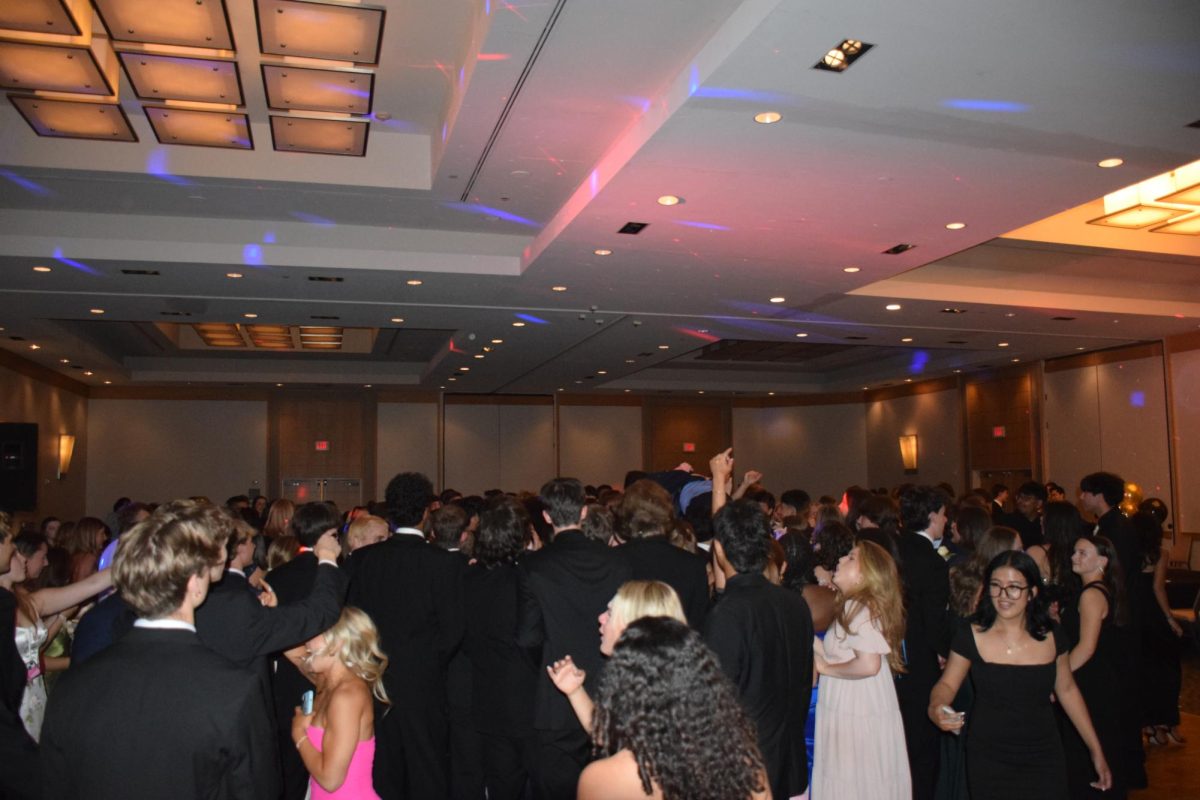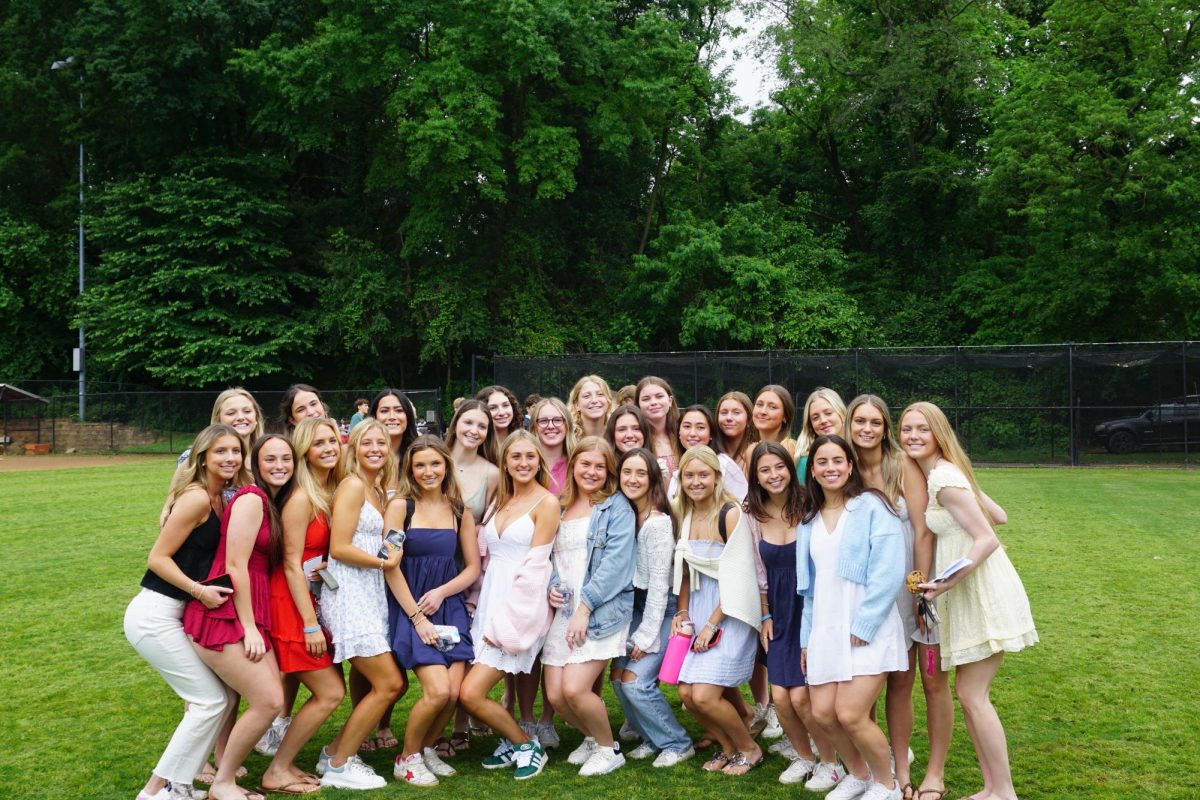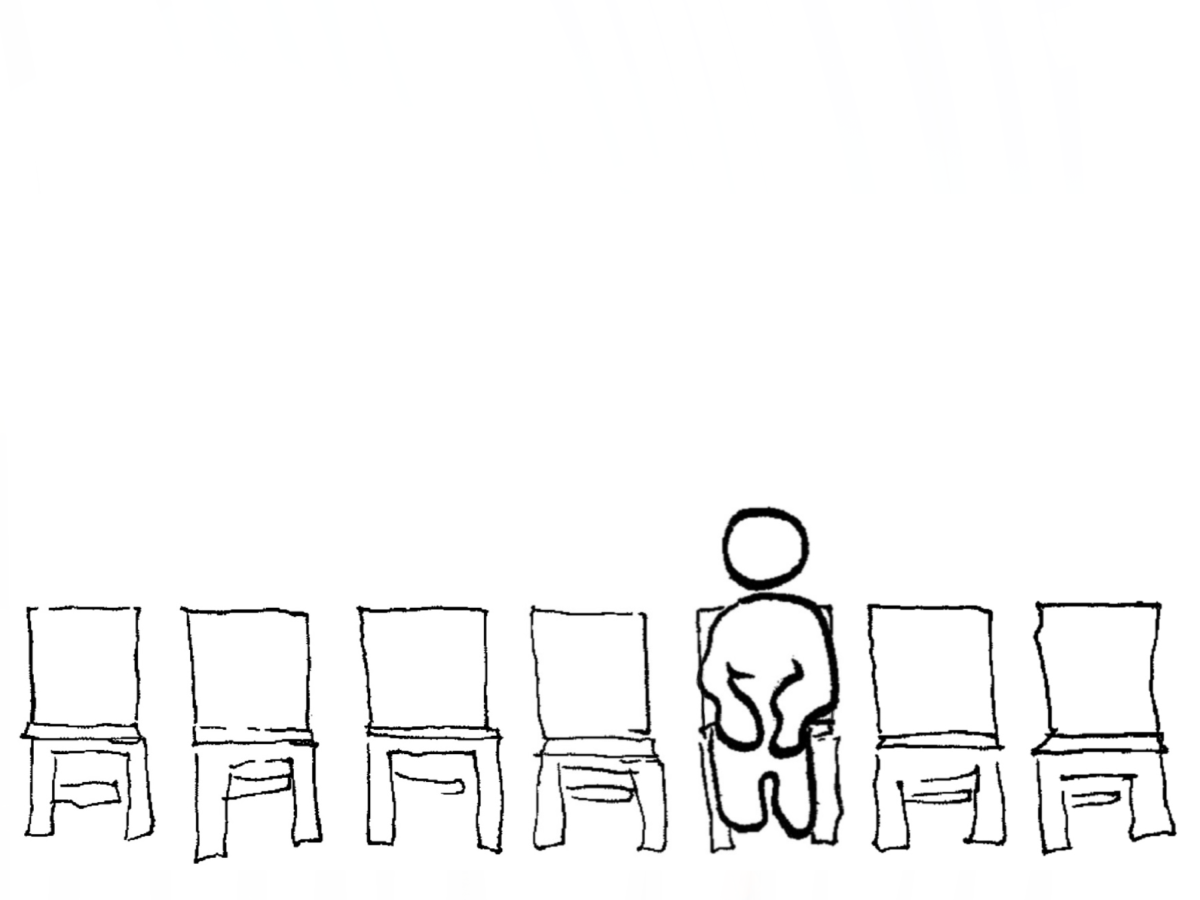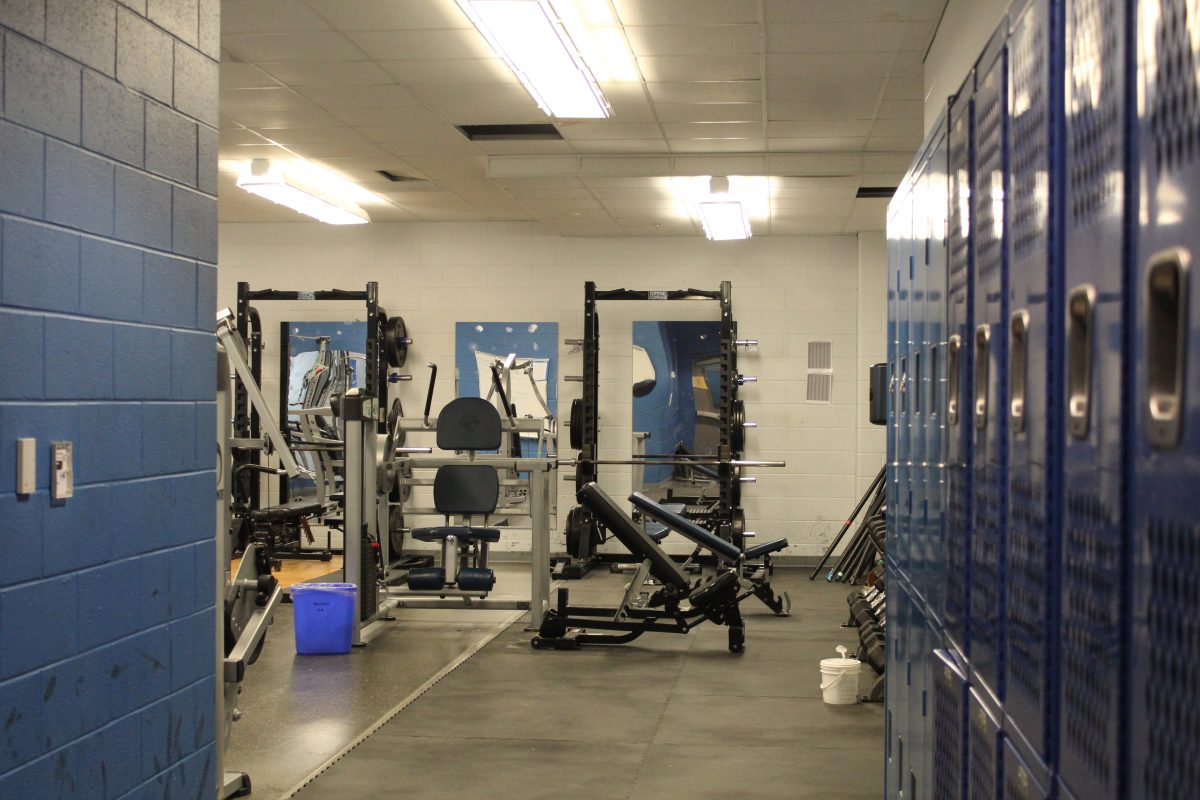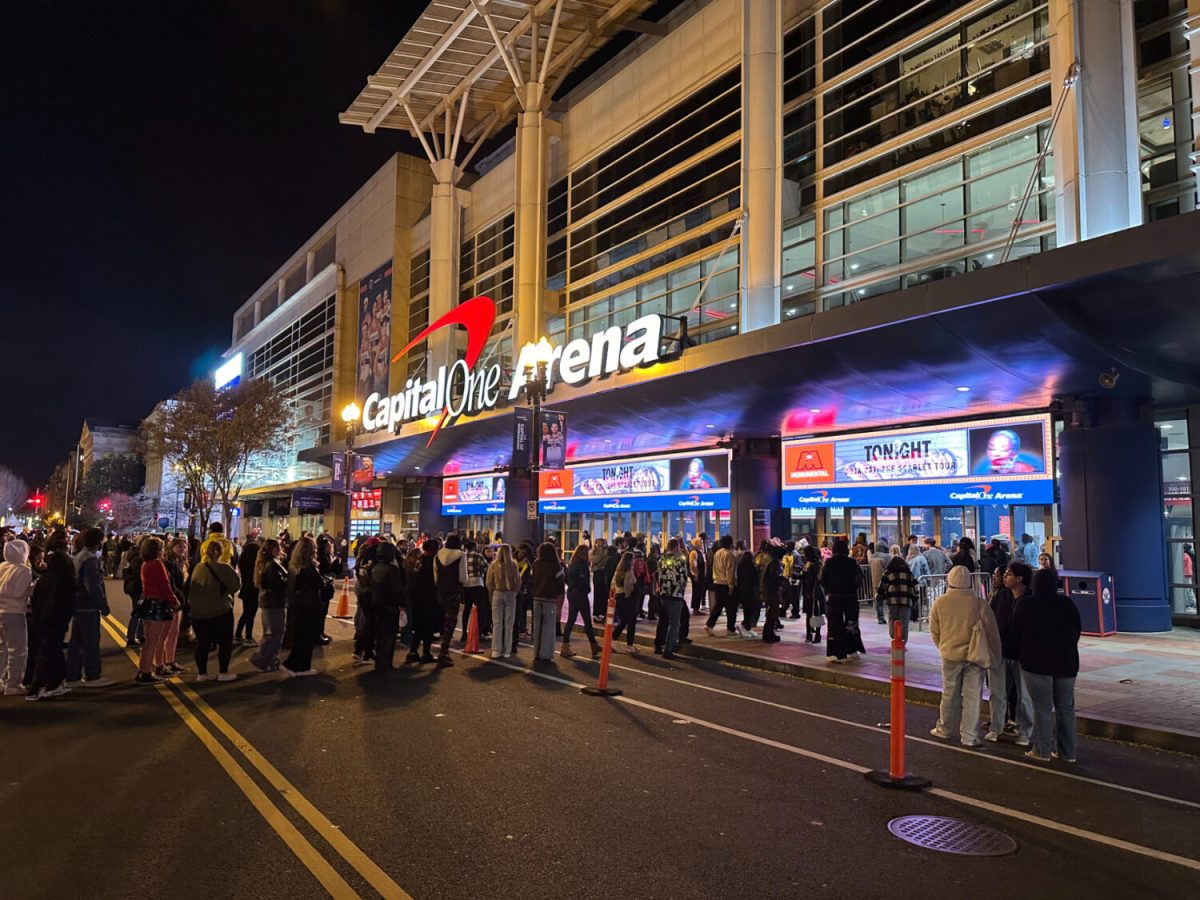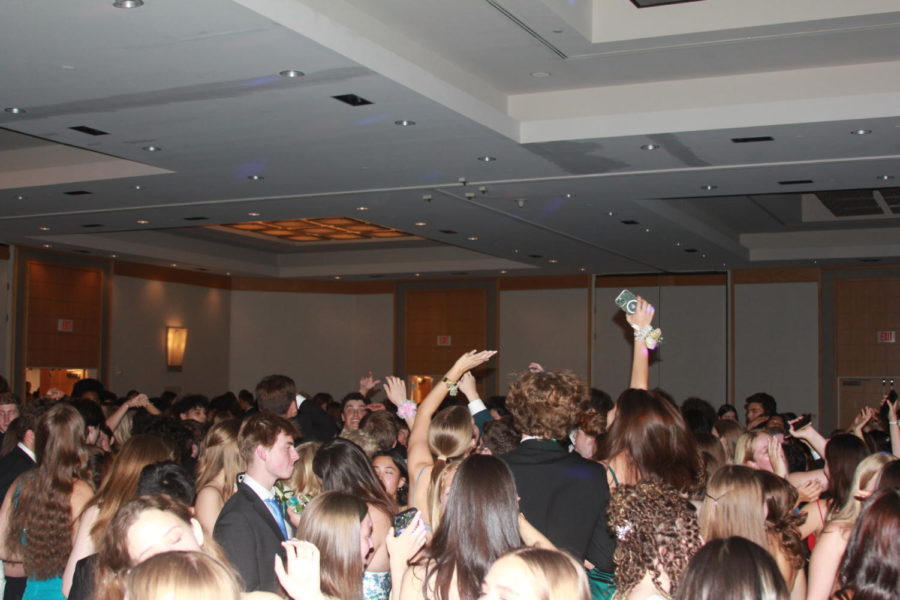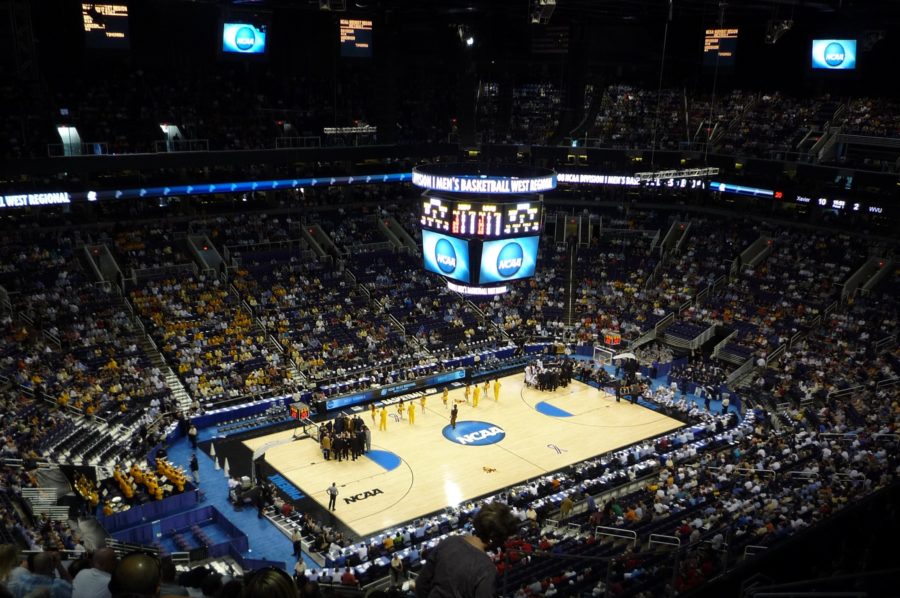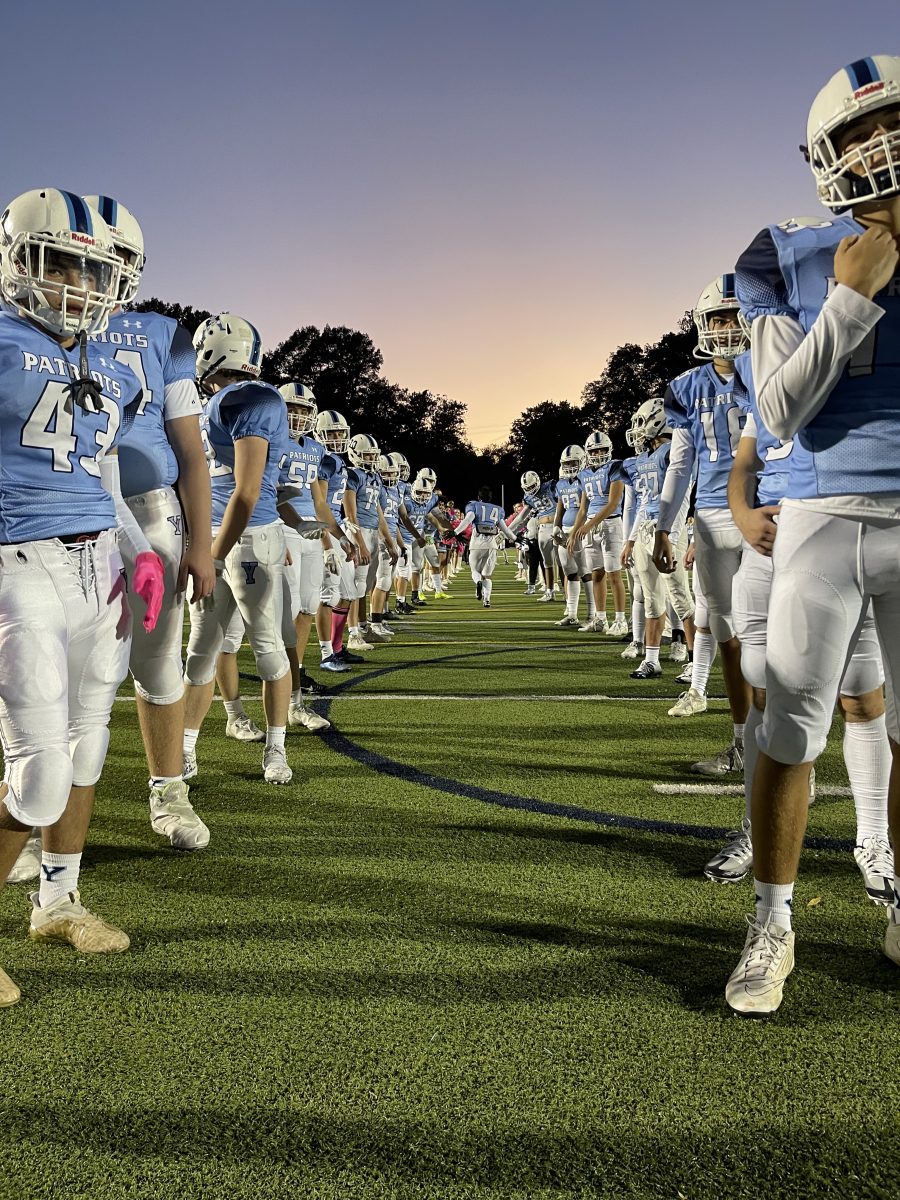The women’s marathon is in a golden age. Eight of the top ten times ever were run in the past five years, and half of those marks were set in 2022 alone. The world record, which currently stands at 2:14:04, has been challenged regularly, and it could be only a matter of months before it falls.
For context, the marathon is 26.2 miles and the most recognizable event in overall modern culture. Elite distance athletes traditionally begin their careers on the track, where they run shorter events such as the 800-meter, 1500m, 3000m, 5000m and 10,000m that require more quick-twitch footspeed and anaerobic (without-oxygen) training.
Eventually, athletes reach a point in their careers where they’re not quite quick enough to win global medals over shorter distances on the track. When this happens, many turn to the marathon, which is an aerobic (with-oxygen) event. It still requires a crazy amount of training, but it can be run at slightly older ages.
At the highest level, the marathon is arguably more prestigious than track events, but it’s very hard to be elite at. Additionally, prize money and legitimate sponsorships can be hard to come by. Elite marathoners tend to focus on the six Abbott World Marathon Majors because of their reputation and prize money: London, Berlin, Boston, New York, Chicago and Tokyo. In Olympic years, all the elites gear toward qualifying for and medaling in the prestigious event.
Right now, Kenyan runners are dominating the women’s scene; they’ve run seven of the top ten times ever. Three of the biggest threats to the world record are Brigid Kosgei, Pares Jepchirchir and Ruth Chepngetich, all from Kenya (and all under 30 years old, which tends to be before the prime of a marathoner).
Kosgei is the current world record holder—she ran 2:14:04 in Chicago in 2019. She also won the silver medal at the 2020 Olympics and has won London and Tokyo.
Jepchirchir is the 2020 Olympic champion and has won both New York and Boston. Her marathon best is 2:17:16, which is good for eighth all-time, and she’s the former half marathon world record holder.
Chepngetich won Chicago this year to repeat as champion in 2:14:18, the second-ever sub-2:15 mark. Not to mention, she did it in an unorthodox fashion; she went out in a blazing 65:44 through the half, which put her on 2:11:28 pace. The run was very symbolic of how strong the women’s marathon is right now, as well as how much faster it’s about to get.
Typically, running such an extreme early pace signals a just-as-extreme burnout later in a race. For example, Brazilian men’s marathoner Daniel Do Nascimento went out at a comparably aggressive speed this year in New York, but he ran out of gas at mile 21 and didn’t finish. It puts into perspective how incredible it was that Chepngetich was able to hang on and run just 14 seconds off the world record.
Sure, Do Nascimento’s result in New York is only one example, but it’s a trend that rings true across all high-level racing scenarios: to run the fastest time possible, run at a relatively even pace throughout the effort. For example, when Kosgei set the world record, she ran a 66:59 first half and a 67:15 second half.
“Chepngetich likely cost herself the [world record] today by going out too fast,” LetsRun.com said in an article on October 9.
This begs the question: is there a barrier for how low the world record can go? Former professional runner Kyle Merber thinks a mind-boggling time is on the horizon.
“At some point we are going to get Chepngetich, [Yalemzerf] Yehualaw, Jepchirchir, [Joyciline] Jepkosgei, [Tigist] Assefa and others in the same race, and someone is going to run 2:12,” Merber said in his newsletter The Lap Count.
What’s behind this complete rampage of fast marks? After all, until Kosgei’s 2:14, Britain’s Paula Radcliffe’s world record of 2:15:25 had stood since 2003, and it was viewed as a relatively untouchable mark for a long time. And now, the only three times in the top 50 set before 2017 were run by Radcliffe.
One factor is certainly shoe technology—and it’s a controversial one at that. In 2017, Nike unveiled the Vaporfly, a racing shoe with a carbon plate in its foam, which increased energy return and stride efficiency. A study funded by Nike that year suggested that the Vaporflys provided a roughly 4% advantage, and a 2019 New York Times analysis presented similar data.
In 2019, Kenyan men’s marathoner Eliud Kipchoge ran the first-ever marathon under two hours in an exhibition-style event sponsored by Nike in an Alphafly prototype, a shoe then unavailable to the public and similar in nature to the Vaporfly. This came the day before Kosgei’s official world record in Chicago, which was run in the Vaporfly.
These milestones drew calls for World Athletics to make an official ruling on carbon-plated shoes, and the much-anticipated statement was issued on January 31, 2020. The track and field governing body deemed that shoes had to be available to the general public for four months before being used in competition, meaning no prototypes could be worn. They also limited the stack height of shoes to 40 millimeters and prohibited the use of more than one carbon plate.
Now every prominent shoe manufacturer has rolled out carbon-plated shoes, meaning no athletes have an unfair advantage. The shoes certainly help out on race day, but there’s only so much they can do, and it would be silly to say that they’re solely responsible for the current plethora of quick times.
Advancements in training and recovery are a factor. Runners are able to bounce back from hard sessions quicker, meaning they can run more and run faster in training, which means more fitness once they’re standing on the starting line.
A mental breakthrough could also be at play. A previous example of this can be found in one of the most highly-documented and followed times in the history of running: the quest to break four minutes in the mile in the 1950s.
The barrier had stood untouched until Englishman Roger Bannister finally dipped under it in 1954 in what was considered one of the greatest achievements in sporting history. Bannister was soon followed by John Landy of Australia, who was followed by Don Bowden and so on.
“When [Hicham] El Guerrouj seized the world mile record [45 years after Bannister with a time of 3:43.13], almost 1,000 individuals had run under four minutes,” Neal Bascomb said in his book The Perfect Mile.
The story makes it clear that once someone proves something is possible, more people will follow. It’s very possible that we’re currently experiencing a similar moment in the women’s marathon.
However, that doesn’t mean all the resources are being provided by brands. Nike poured hundreds of thousands of dollars into its two attempts at the sub-two hour marathon for men, but it did not fund a similar project for the women’s world record.
“They never talk about the women doing something. They just talk about the guys,” 2:17 marathoner Mary Keitany said in a 2017 interview prior to the first Nike event.
In a sport where sexism has deep roots—for example, the gender barrier was not broken at the Boston Marathon until 1966—this must change. Still, superstars such as Kosgei, Jepchirchir and Chepngetich continue to push the limits of what’s possible.












